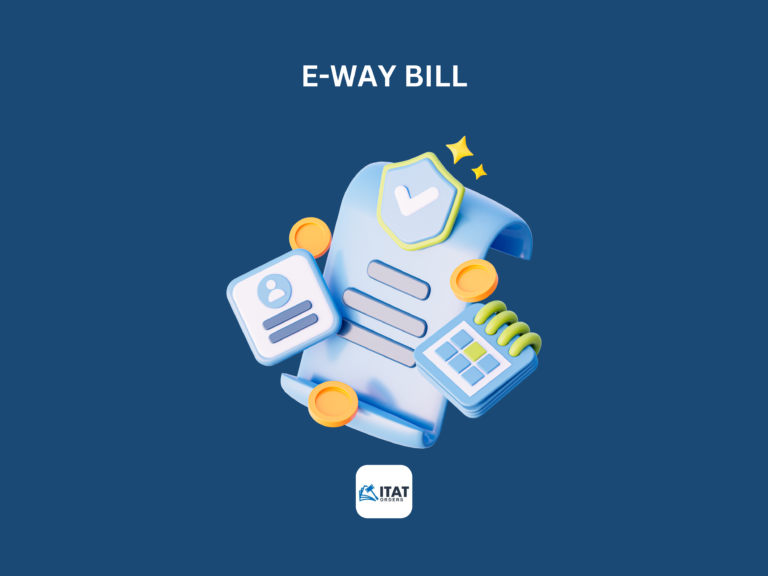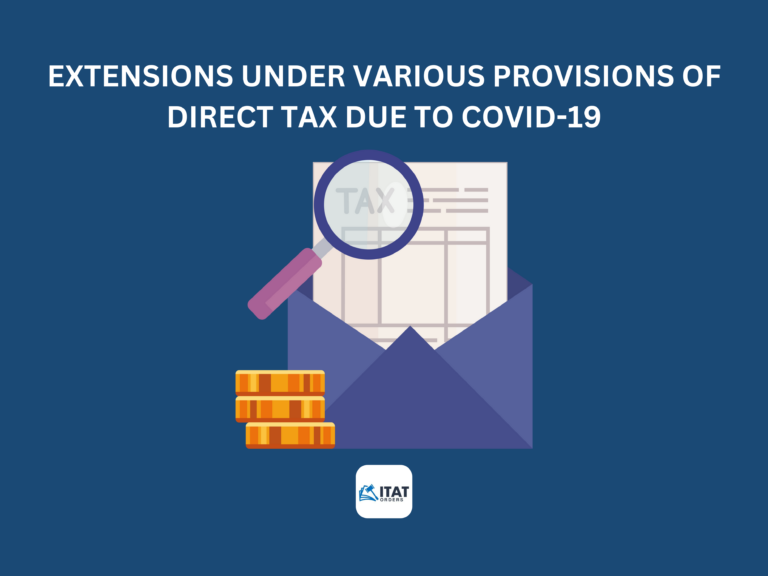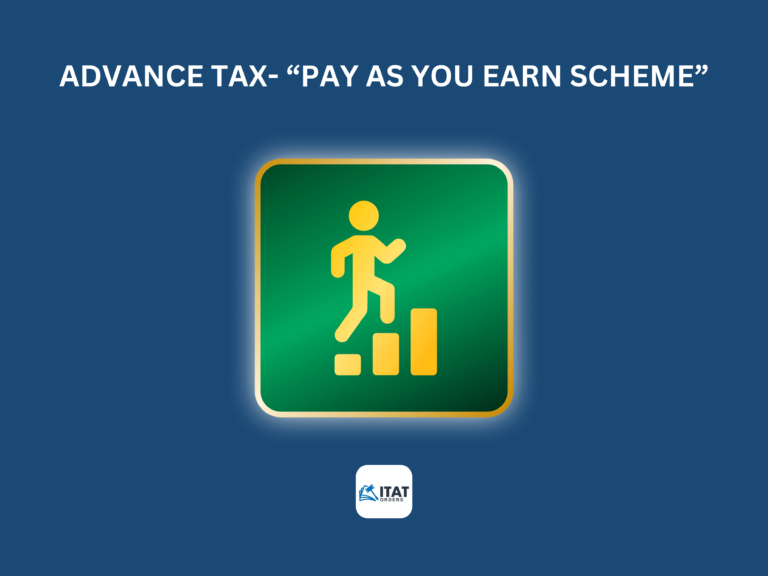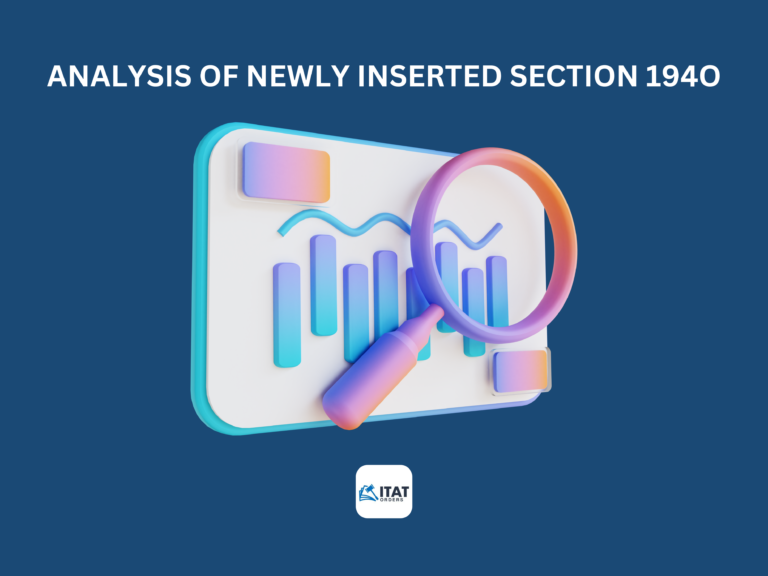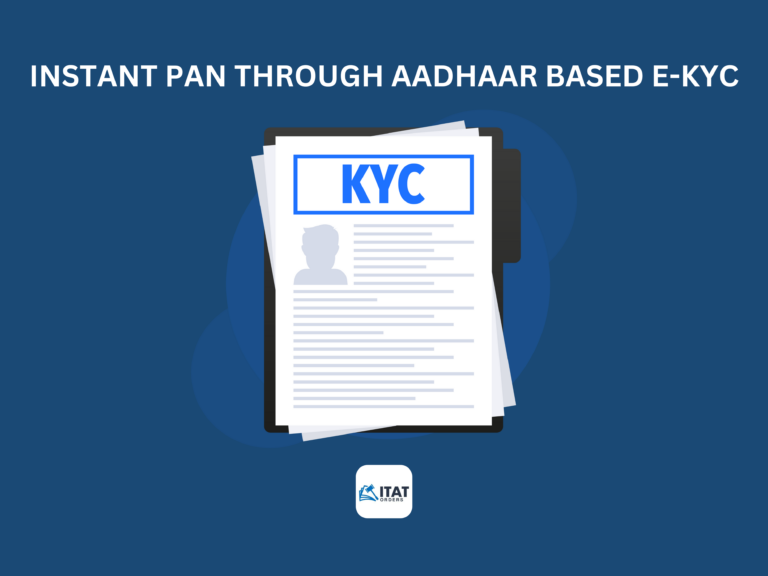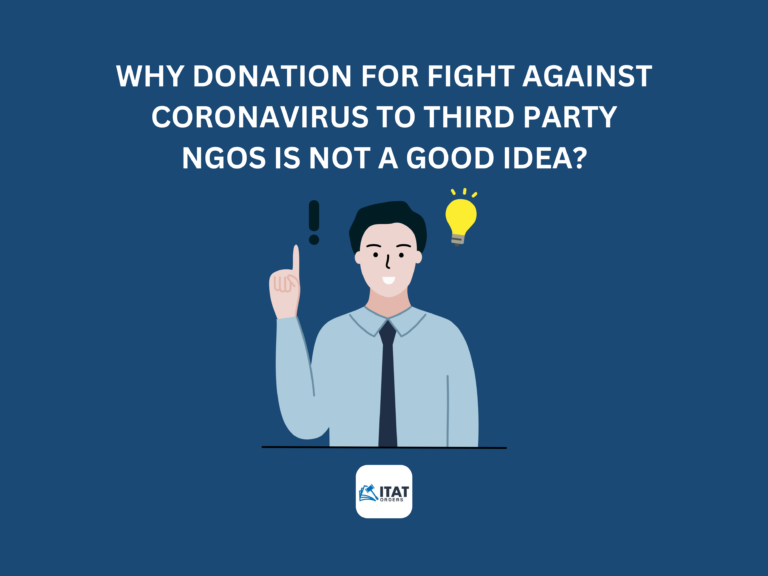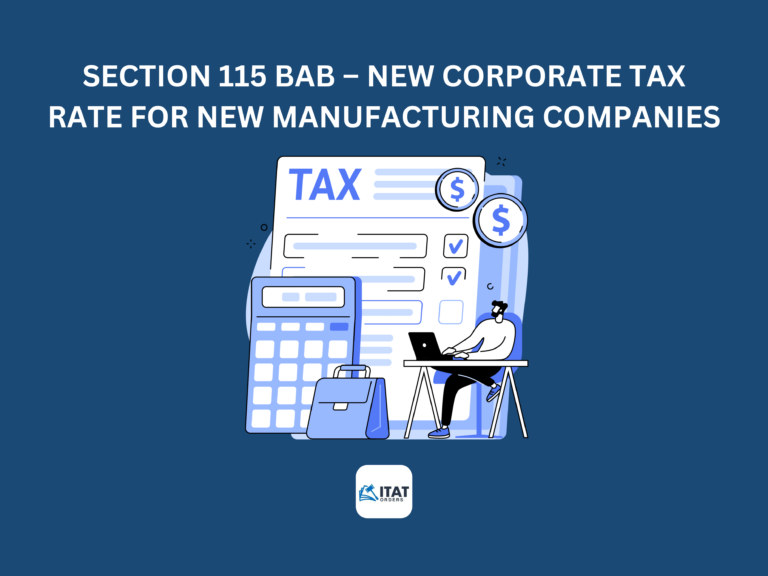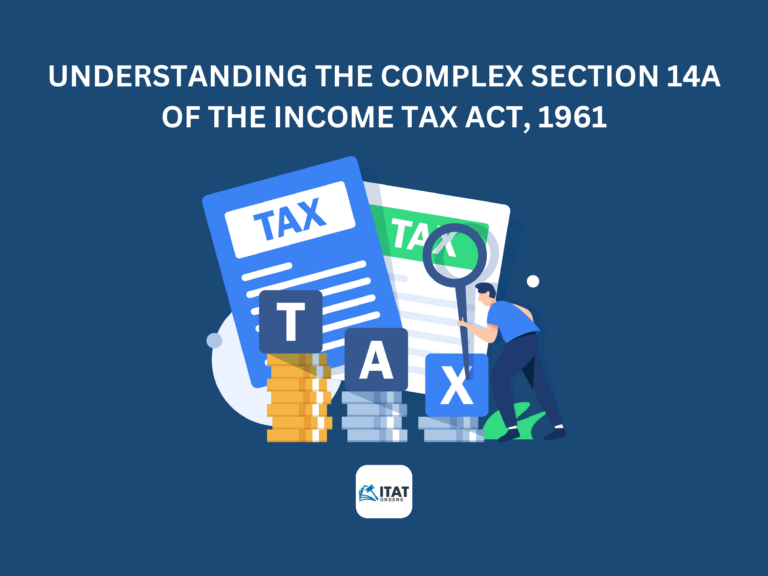Electronic Way Bill is a unique document which is system generated or generated electronically for consignment of goods from one place to another. It may be either inter-state or intra-state, as such a person registered under GST cannot transport the goods worth more than Rs. 50,000/- without generating an e-way bill for the same. On generation of an e-way bill a unique number E-way Bill Number (EBN) is generated and is made available to supplier, recipient and transporter. E-way Bill can also be generated or cancelled through SMS, Android App and by site-to-site integration through API.
When should an E-way bill be issued?
E-Way bill will be issued when there is a transport of goods in a vehicle/ conveyance of value more than Rs. 50,000 (either each Invoice or in aggregate of all invoices in a vehicle/conveyance)-
- In relation to a supply
- For reasons other than a supply ( say a return)
- Due to inward supply from an unregistered person.
Here, Supply is considered as payment in the course of business or payment which may not be in the course of business or in case of barter exchange.
As per the latest update for E-way
Bill as on 23rd March 2018:-
The transporters
need not generate the E-way bill (as Form EWB-01 or EWB-02) where all the
consignments in the conveyance:
Individually (single Tax Invoice/Delivery Challan) is less than or equal to Rs 50,000 but, In Aggregate (all Tax Invoice/Delivery Challan put together) exceeds Rs 50,000.
Who should generate an E-way Bill? – EXEMPTION
The E-way bill under the GST regime will be generated by:-
- Every Registered person who is making the transport of goods of value more than Rs. 50,000/-* (Either individual or aggregate) to or from the registered person:
- In relation of Supply(Eg:- Sales);
- In relation of the reasons other than supply(Eg:- Sales Return);
- In relation to an inward Supply from an unregistered person.
*E-way bill needs to be generated even if the value of goods is less than Rs. 50,000/- in the provisions like the movement of Handicraft goods and movement of goods for Inter-state Job work.
- Every Unregistered person who is making transport of goods
- Every Transporter carrying goods by road, rail, air etc. also has to generate E-way bill if its supplier has not generated it.
Part A and Part B of E-way Bill system:-
An e-waybill comprises of two segments- Part A and Part B. Part A of the e-way bill contains the details like GSTIN of the supplier, GSTIN of the recipient, place of dispatch, place of delivery, document date, document number, the value of goods, HSN Code and the reason for the transportation. This part is to be filled by the consignor or consignee.
Part B is for filling vehicle details like mode of transport, Vehicle/Transport document number, and date, place of dispatch. We need to enter the exact date and time when he starts from the source to destination because the finance ministry has clarified that the validity of an e-Way bill would start from the date transporter entered in part B.
The Process to Generate E-Way Bills:-
E-way bill can be generated or canceled through web-portal (https://ewaybillgst.gov.in) and through SMS services.For generating new e-way bill using the portal, following steps are to be done after log in to portal:-
Generate New>fill up the required details, if you are supplier select outward option and if you are the recipient then select inward option>In the next page, you need to add product name and description, HSN code and enter the estimate distance of transport.
You will need a transporter registration and GST registration to generate the e-Way bill using website.
Legality of the E-way Bill:-
When the distance to be covered by the goods:
- is less than 100 km – The E-way bill is valid for 1 day after the e-way bill has been procured.
- is more than 100 km – The validity would be increased by one day after the e-way bill has been procured.
Consequences of not carrying E-way bill:-
The consequences of not generating & carrying the E-Way bill can result in both monetary and non-monetary losses to the taxpayer. Goods being moved in the contravention of Law are liable for:
- Monetary Penalty
Moving goods without the cover of an invoice and E-Way bill constitutes an offence and attracts a penalty of Rs.10,000 or the tax sought to be evaded (whichever is greater).Hence, the bare minimum penalty that is levied for not complying the rules is Rs. 10,000.
- Detention and Seizure:-
The vehicle that is found to be transporting the goods without an Eway bill can be detained or seized and would be released only on payment of appropriate tax and penalty as specified by the officer. Under this, there could be two situations:
If the owner wishes to pay the penalty, he must pay 100% of the tax payable.
If not, the penalty will be equal to 50% of the value of goods.
Apart from the legal consequences mentioned above, it is also important to note that the vehicle, as well as the goods of the taxpayer, can be detained.
